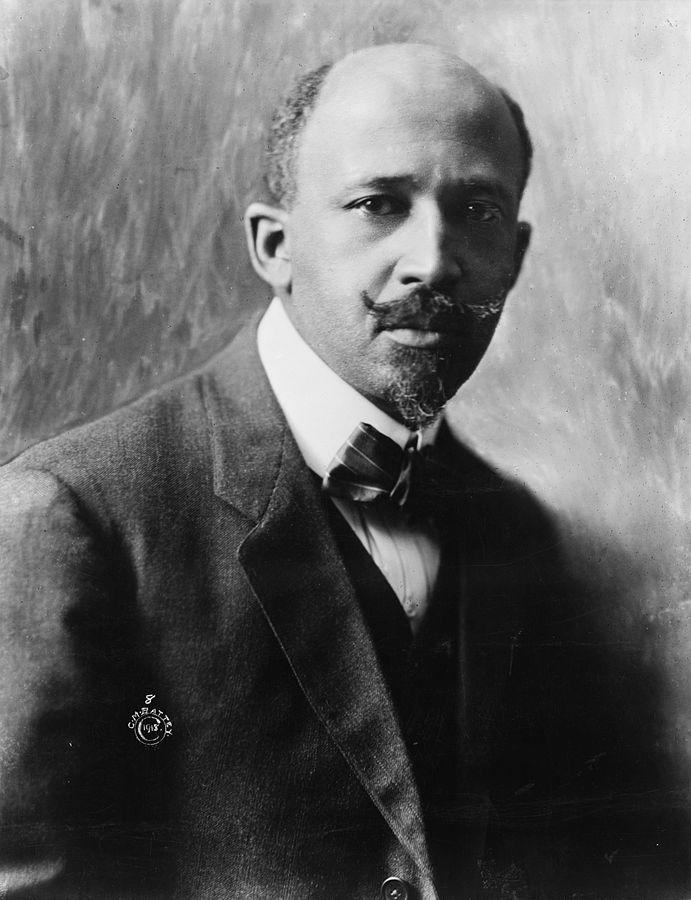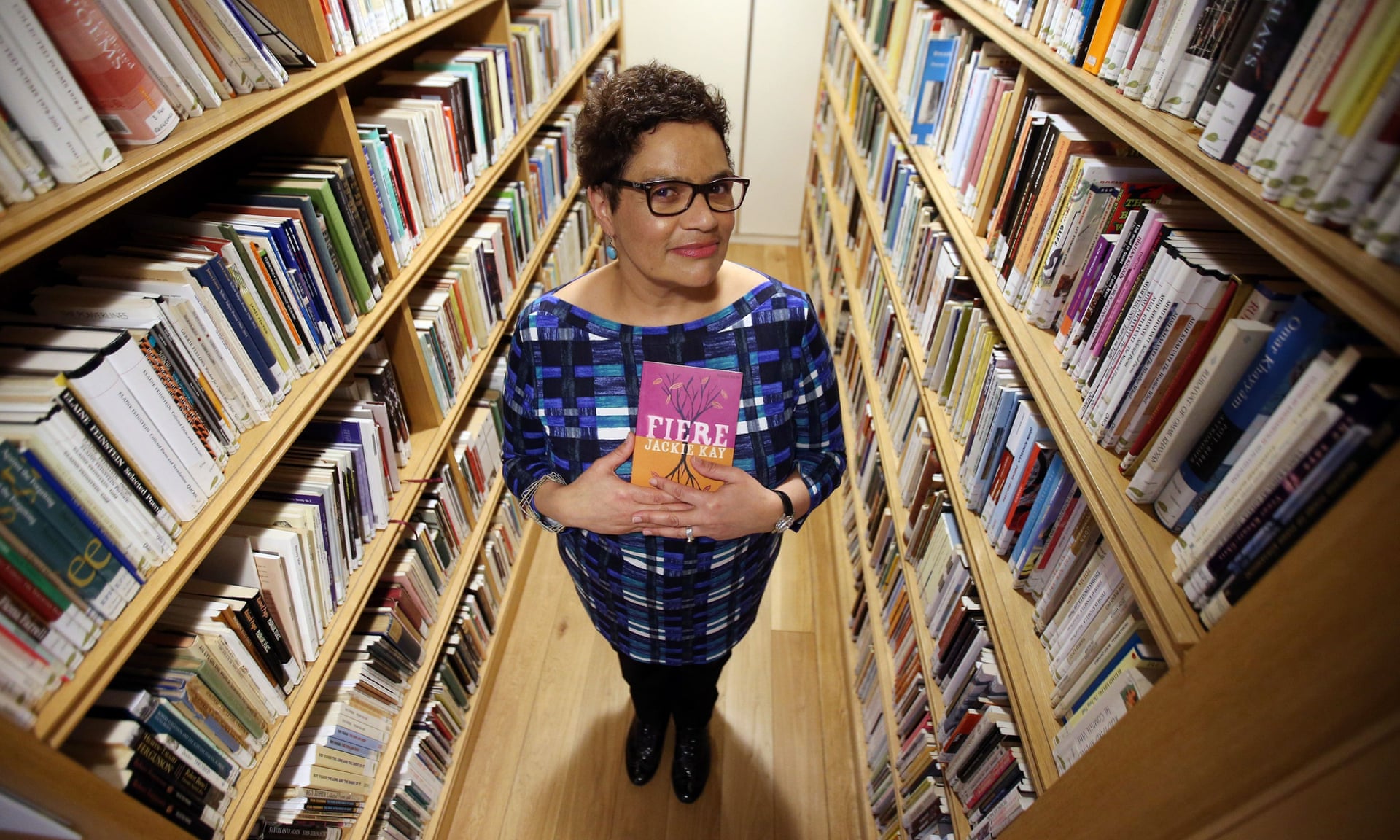I Can’t BreathePosted in Articles, Health/Medicine/Genetics, Literary/Artistic Criticism, Media Archive, Social Justice on 2016-03-23 20:53Z by Steven |
Boston Review
2016-03-21
Anne Fausto-Sterling, Nancy Duke Lewis Professor Emerita of Biology and Gender Studies
Brown University, Providence, Rhode Island
Race in Medical School Curricula
In the fall of 2015, U.S. college students ignited in protest about campus and national racism. Chanting “I Can’t Breathe” and “Hands Up, Don’t Shoot”—recalling the final cries and acts of unarmed African Americans who died at the hands of police—the scholar-activists joined the Black Lives Matter movement that has burgeoned since the shootings of Trayvon Martin, Michael Brown, and many others. At my home base, Brown University, school officials responded by drafting a detailed action plan and inviting community comment, a process that is ongoing. While the plan pays attention to student demands for more diversity in the faculty and the student body, as well as improvements in campus climate, it fails to address the need to reevaluate and revise the curriculum in both undergraduate and professional schools—particularly with regard to what we do and do not teach about race, to how both silence and subtly coded messages continue to transmit racial bias.
Integrating studies of race, ethnicity, class, and gender into the curriculum is not easy. And it does not suffice to develop specialized elective courses, such as the one I offered more than twenty-five years ago—Women and Minorities in Science. Such courses exemplify what we, in the early days of women’s studies, used to refer to derisively as “just add women and stir.” The “stir” approach addresses problems of representation but does not challenge underlying theories of disciplinary knowledge.
Biology courses should not be able to get by, for example, with only mentioning a few famous scientists of color and then returning to business as usual. To properly address race, courses need to present the still-disputed science behind concepts of race and genetics, or examine how Darwin’s racial views led him to develop the idea of sexual selection, or teach about the genetics of skin pigmentation and convergent evolution of human phenotypes. Change that matters can only come from altering the content and pedagogy of mainstream courses for generations to come…
Read the entire article here.





